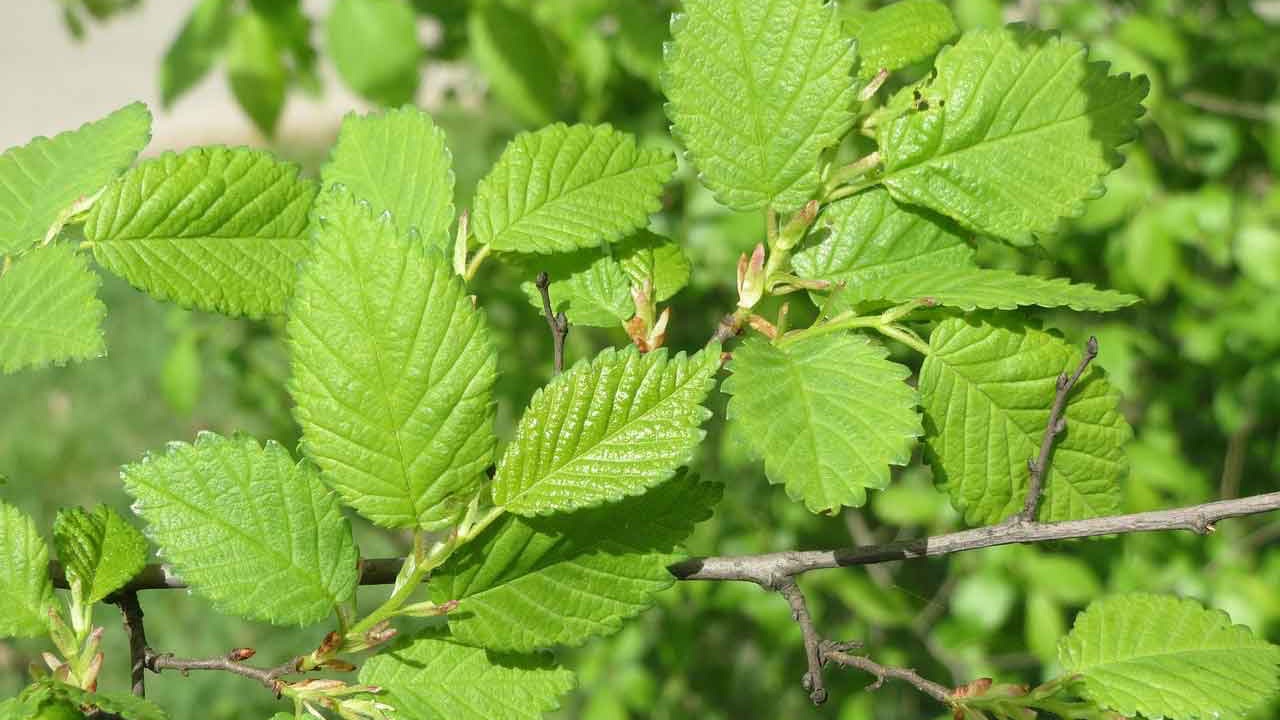Slippery Elm Herb Monograph
Jul 31, 2024
Slippery Elm Herb Monograph
Author: Krista Morton-Kill
Name, common, and scientific plant family:
- Slippery Elm (Ulmus fulva)
- Ulmaceae family
Common name: red elm
Descriptive Characteristics (including Part of the Plant used and description):
- Stem: slow growing, reddish brown bark
- Leaves: 4-8 niches long, 2-4 inches in width, usually serrated and yellow in autumn
- Flowers: bloom before the leaves, they grow in clusters
- Fruit: yellow fruit
- Taste: mucilaginous
Odor: strong, much like fenugreek (Peterson, 2023, p. 214).
Chemical Constituents: most important compounds.
- Uronic acid
- Methyl Pentose
- Pentose
- Hexose (Peterson, 2023, p.215).
Therapeutic Actions ( demulcent, diuretic, ect.).
- anti-inflammatory, antioxidant, astringent, demulcent, diuretic, expectorant, and tonic.
Potential Herb-Drug Interactions and Contraindications.
There have been no contraindications for slippery elm studied at this time. It is considered a safety class 1 herb, and a class A for interactions (Peterson, 2023, p.220).
Dosing and commonly used formulas:
Use up to 3-4 times daily for adults:
- Decoction: 4-6 tbsp
- Gruel: 6-8 tbsp
- Infusion: 8-10 tbsp
- Powder: 1 tsp
- Tincture: 2-5 ml
FORMULAS
Slippery Elm for Diarrhea and Dysentery
- Mix 1 tablespoon of powdered slippery elm bark with 1⁄2 cup pineapple juice.
- Use two to four tablespoons frequently (for adults).
Research summaries or studies:
Hawrelak, Jason & Myers, Stephen. (2010). Effects of Two Natural Medicine Formulations on
Irritable Bowel Syndrome Symptoms: A Pilot Study. Journal of alternative and
complementary medicine (New York, N.Y.). 16. 1065-71. 10.1089/acm.2009.0090.
Peterson, C. T., Sharma, V., Uchitel, S., Denniston, K., Chopra, D., Mills, P. J., & Peterson, S. N.
(2018). Prebiotic Potential of Herbal Medicines Used in Digestive Health and Disease.
Journal of alternative and complementary medicine (New York, N.Y.), 24(7), 656–665.
https://doi.org/10.1089/acm.2017.0422
Ried, K., Travica, N., Dorairaj, R., Sali, A., Herbal formula improves upper and
lower gastrointestinal symptoms and gut health in Australian adults with digestive disorders, Nutrition
Research, Volume 76, 2020, Pages 37-51, ISSN 0271-5317,
https://doi.org/10.1016/j.nutres.2020.02.008.
Who might benefit from this herb and what type of conditions it will be useful for?
While slippery elm is thought to be the most versatile and valuable of the demulcent herbs, there are two main systemic focuses on the medical use of slippery elm. These are the respiratory system and the gastrointestinal system. Because of its mucilaginous properties, the texture of slippery elm is quite thick and creates a mucus-like gel that coats the lining of the respiratory and gastrointestinal systems. It is rather soothing in its nature, and has multi-faceted benefits. Let’s begin with symptoms and conditions of the respiratory system. For those who may suffer with asthma, acute cases of bronchitis, pneumonia, or other respiratory type infections, slippery elm offers soothing, anti-inflammatory, expectorant, and antioxidant properties (Peterson, 2023, p.216). This may soothe the lungs or bronchial tissues in someone who may be struggling with respiratory irritations.
For individuals who may be struggling with gastrointestinal based issues, such as diarrhea or constipation, irritable bowel syndrome, gastritis, or other gastrointestinal based conditions, slippery elm offers these same qualities to the lining of the gastrointestinal tract, especially the mucilaginous gel, that is characteristic to demulcent herbs. Slippery elm, especially in tandem with other synergistic herbs, has been studied and shown to have massive influence in the improvement of constipation, as well as diarrhea (Ried et al., 2020).
References
Hawrelak, Jason & Myers, Stephen. (2010). Effects of Two Natural Medicine Formulations on
Irritable Bowel Syndrome Symptoms: A Pilot Study. Journal of alternative and
complementary medicine (New York, N.Y.). 16. 1065-71. 10.1089/acm.2009.0090.
Peterson, C. T., Sharma, V., Uchitel, S., Denniston, K., Chopra, D., Mills, P. J., & Peterson, S. N.
(2018). Prebiotic Potential of Herbal Medicines Used in Digestive Health and Disease.
Journal of alternative and complementary medicine (New York, N.Y.), 24(7), 656–665.
https://doi.org/10.1089/acm.2017.0422
Ried, K., Travica, N., Dorairaj, R., Sali, A., (2020), Herbal formula improves upper and
lower gastrointestinal symptoms and gut health in Australian adults with digestive disorders, Nutrition
Research, Volume 76, 2020, Pages 37-51, ISSN 0271-5317,
https://doi.org/10.1016/j.nutres.2020.02.008.
Lorem ipsum dolor sit amet, consectetur adipiscing elit. Cras sed sapien quam. Sed dapibus est id enim facilisis, at posuere turpis adipiscing. Quisque sit amet dui dui.
Stay connected with news and updates!
Join our mailing list to receive the latest news and updates from our team.
Don't worry, your information will not be shared.
We hate SPAM. We will never sell your information, for any reason.

